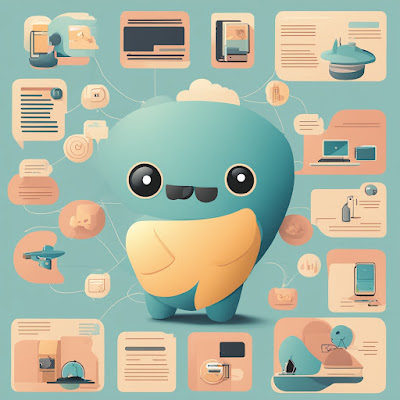In the dynamic realm of social media, Instagram stands out as a powerhouse platform for individuals and businesses alike to showcase their stories, products, and services to a global audience. Whether you're an aspiring influencer, a brand looking to expand its reach, or simply someone eager to connect with like-minded individuals, mastering Instagram can open doors to significant opportunities. Here’s a guide to navigating and succeeding on Instagram:
1. Define Your Purpose and Audience
Success on Instagram begins with clarity. Define your objectives: Are you looking to build a personal brand, promote a business, or share a particular passion? Understanding your purpose will guide your content strategy and help attract the right audience.
Identify your target audience—know their interests, demographics, and what engages them. Tailor your content to resonate with this audience to maximize engagement and growth.
2. Create High-Quality, Consistent Content
Visual appeal is paramount on Instagram. Invest in creating high-quality photos and videos that reflect your brand or personality. Use editing tools and filters to enhance your visuals, ensuring they align with your overall aesthetic.
Consistency is key to maintaining engagement. Establish a posting schedule and stick to it. Whether it’s daily, weekly, or bi-weekly, consistency builds anticipation among your followers and keeps your profile active.
3. Utilize Stories, Reels, and IGTV
Instagram offers various formats beyond traditional posts. Stories allow for real-time updates and interactive polls, while Reels and IGTV enable longer-form and more creative content. Experiment with these formats to diversify your content and reach different segments of your audience.
4. Engage Authentically
Instagram thrives on community and interaction. Engage authentically with your audience by responding to comments, liking and commenting on others’ posts, and participating in relevant conversations. Building genuine connections fosters loyalty and encourages others to engage with your content.
5. Harness the Power of Hashtags and Captions
Hashtags categorize your content and make it discoverable by users interested in specific topics. Research relevant hashtags within your niche and incorporate them strategically into your posts. Aim for a mix of popular and niche hashtags to maximize reach while targeting your ideal audience.
Captions complement your visuals by providing context, storytelling, or calls to action. Craft compelling captions that resonate with your audience, evoke emotions, or encourage engagement, such as questions or prompts for discussion.
6. Collaborate and Network
Collaborations with influencers or complementary brands can significantly expand your reach. Look for opportunities to collaborate on content, contests, or joint campaigns that align with your brand values and target audience. Networking with others in your industry also opens doors to new followers and potential partnerships.
7. Track Metrics and Adapt
Monitor your Instagram Insights to understand what content performs best. Track metrics such as reach, engagement rate, and follower growth to gauge your progress. Analyzing these insights helps you refine your strategy, identify trends, and adapt to what resonates most with your audience.
8. Stay Updated with Trends and Algorithm Changes
Instagram’s algorithm evolves constantly. Stay informed about new features, trends, and changes to optimize your strategy. Embrace new features early, as Instagram often prioritizes early adopters in their algorithm.
9. Build a Strong Brand Identity
Consistency across your profile—from your bio, profile picture, to the overall aesthetic—builds a strong brand identity. Ensure your profile reflects your brand’s values and personality, making it easy for visitors to understand what you offer and why they should follow you.
10. Patience and Persistence
Success on Instagram doesn’t happen overnight. It requires patience, persistence, and a willingness to learn and adapt. Stay committed to providing value, engaging authentically, and refining your approach based on feedback and insights.
Achieving success on Instagram involves a combination of strategic planning, creativity, and consistent effort. By defining your purpose, creating compelling content, engaging authentically, and staying abreast of trends, you can build a thriving presence that resonates with your audience and achieves your goals. Instagram’s vast potential awaits those who are willing to invest the time and effort into mastering its nuances.












